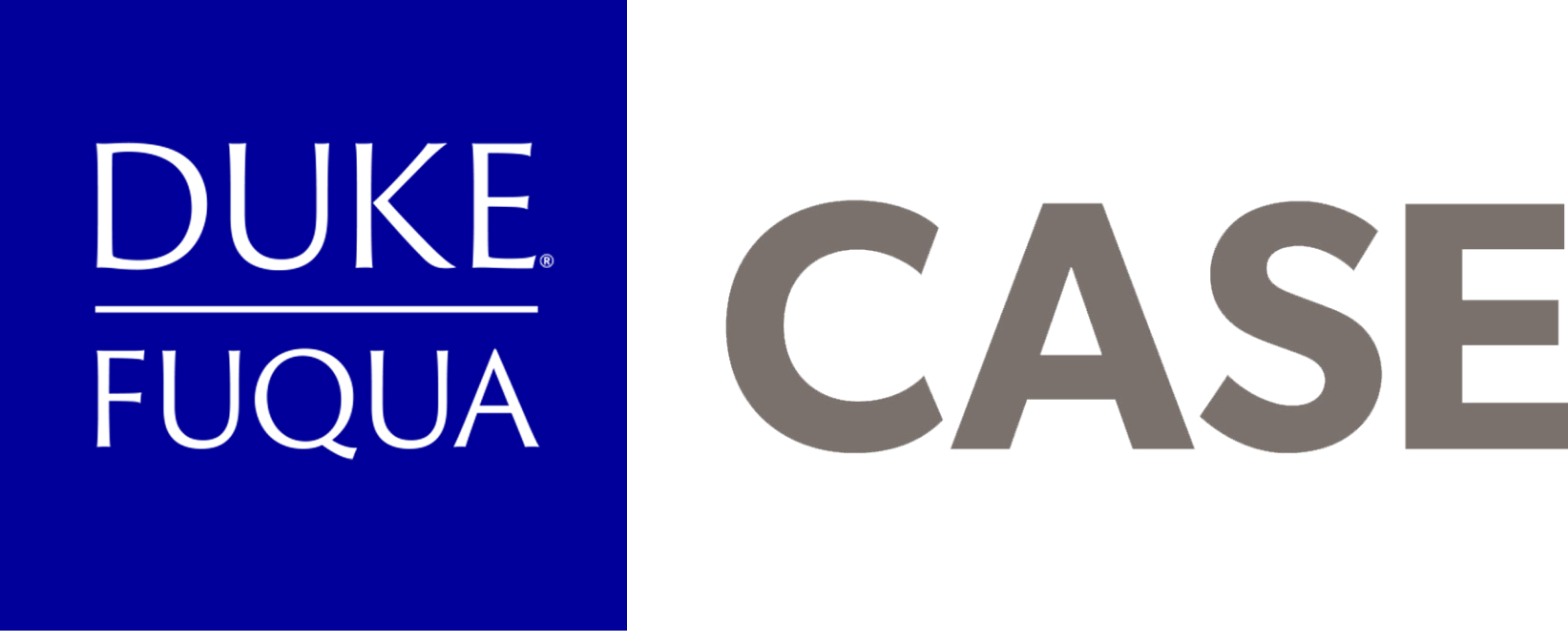This article by Cathy Clark and Ben Thornley was originally posted on the Huffington Post blog in June 2013.
The surge of interest in impact investing is a relatively recent phenomenon, although the practice of deploying capital with the intent to create measurable social and environmental benefits encompasses and builds on decades of market-oriented international and community development, and microfinance.
According to The Impact Investor, the project on which we are collaborating, the number of self-identified impact investing fund intermediaries has tripled in the last decade, to over 300.
In practice, this means there are relatively fewer funds with proven track records of financial and social performance. It also places a higher value on the insights of those that have succeeded.
Mining these insights is the objective of The Impact Investor. It was also the focus of a third project convening, April 10, ahead of the 2013 Skoll World Forum at Saïd Business School in Oxford, UK. We held previous meetings in 2012 at Skoll, and at SOCAP in San Francisco.
Critically, there a number of commonalities emerging from our case studies of around a dozen leading funds. And while it is too early to call these findings “best practices,” two were presented as “provocations” to an audience of around 80 leading practitioners in Oxford in order to solicit their response.
The first provocation concerns the role of government. Many leading funds have received foundational support from government (development finance institutions being the obvious example), or capital from other investors mandated to provide it, for example through the Community Reinvestment Act in the United States. Some funds are licensed specifically by government to invest for impact, and receive subsidy to do so. Others benefit from tax credits or other sector-oriented mechanisms.
While some sectors are likely to mature beyond the point of subsidy, government is shaping up to be a more active participant in impact investing than ever. This presents opportunities for sure, but also risks. Funds will need to be able to speak the language of public policy. And government moves slower than most practitioners would want.
The second provocation concerns the use of “safety nets.” These come in many forms: guarantees or innovative fund structures in order to underwrite financial performance; or forms of “mission lock” for those that need social performance to be assured, through creative governance arrangements, social targets mandated by policy, or expansive side letters with limited partners. Whatever the details, these safety nets are all intended to diminish the probability of fund underperformance, both financially and socially, especially for the most risk-averse among a larger group of LPs.
Safety nets have undoubtedly been a big draw for early investors, but this also presents some challenges moving forward, particularly with respect to early stage investing, through equity. Financial returns that are contingent on liquidity events are unpredictable. Is the need for safety nets therefore likely to stifle innovation?
The four clips below document the responses to these two provocations from our opening panelists, representing a range of viewpoints: the government official (Kieron Boyle, UK Cabinet Office); the investment intermediary (Mildred Callear, SEAF), the infrastructure provider (Ilse Treurnicht, MARS Discovery District); and the expert observer (Dr. Alex Nicholls, Skoll Center for Social Entrepreneurship, Saïd Business School).
Kieron Boyle of the UK Cabinet Office discusses the “existential crisis” that governments face when identifying points of entry into the impact investing market, including questions about the role of government as an investor and whether policymakers ought to push for innovation in the market or simply refine time-tested models:
Mildred Callear of SEAF identifies several problems with setting up a no-loss strategy for impact investments, noting in particular that such models often turn objectives from “impact first” to simply “no-loss first.” While this approach secures financial performance for investors, it does little to amplify their social returns:
http://vimeo.com/65780154
Ilse Treurnicht of MARS Discovery District argues that risk is “part of the innovation equation.” She makes the case that setting up safety nets for impact investments will ultimately detract from the development of innovative market strategies that solve “our wicked problems” – the world’s most critical social and environmental crises:
http://vimeo.com/65760331
Alex Nicholls of Saïd Business School at Oxford University argues that “government always matters” in capital markets. Because state capital is very limited in most countries, Nicholls says, governments ought to use their regulatory power to support social finance initiatives:
http://vimeo.com/65324658

